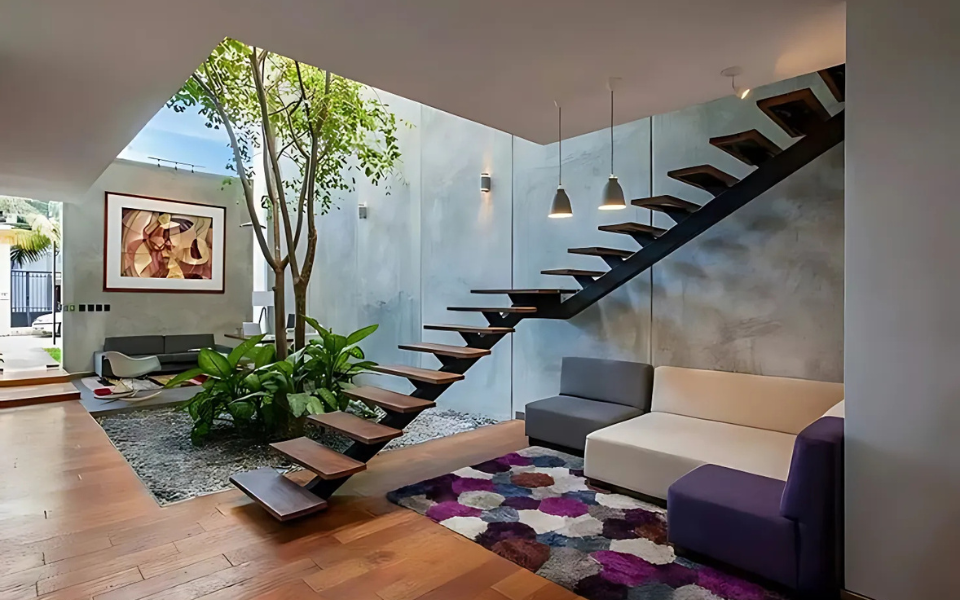Natural light is more than just illumination; it’s a vital element that shapes our experience of space, influences our well-being, and reduces our reliance on artificial energy. Architects have long recognized the power of the sun and stars, strategically designing buildings to capture and distribute this free and abundant resource. Two timeless architectural features stand out in this pursuit: courtyards and thoughtfully placed windows.
The Enduring Appeal of Courtyards
The central courtyard system, prevalent in various cultures throughout history, exemplifies a holistic approach to natural lighting and ventilation. More than just an open space, the courtyard acts as a light well, channeling sunlight deep into the heart of a building. Surrounded by walls, this inner sanctuary captures daylight from above, diffusing it into adjacent rooms that might otherwise lack direct access to windows. The elevated walkways often bordering courtyards further enhance this effect, allowing light to penetrate different levels and angles.
Beyond illumination, courtyards foster a connection with the outdoors, offering a space for work, gathering, and even a touch of nature within the built environment. The open-to-sky design, whether a fully open courtyard or a glass-covered atrium, promotes natural airflow, contributing to a cooler and more comfortable indoor climate. This inherent passive cooling reduces the need for energy-intensive air conditioning, aligning with sustainable design principles.
Windows: Framing Views and Capturing Light
While courtyards offer a central source of diffused light, windows serve as direct conduits, connecting the interior with the external world. Large opening windows, in particular, are invaluable for maximizing natural light penetration. Their wide frames allow for expansive views and a generous influx of daylight, transforming dimly lit interiors into bright and inviting spaces. The ability to open these windows wide also facilitates crucial cross ventilation.
The Synergy of Cross Ventilation and Natural Light
Cross ventilation, the strategic placement of openings on opposite sides of a building, works hand-in-hand with natural lighting strategies. As fresh air enters through one opening and exits through another, it not only cools the space but also carries away stale air and moisture. This continuous airflow enhances the quality of the natural light by preventing the buildup of humidity that can make interiors feel dim and uncomfortable. For effective cross ventilation, architects consider building orientation relative to prevailing winds and carefully plan window size and placement.
Harnessing Light and Orientation: The Wisdom of Vastu Shastra
Ancient architectural traditions like Vastu Shastra offer valuable insights into optimizing natural light. The emphasis on maximizing openings on the north and east facades reflects an understanding of the sun’s path. North-facing windows receive consistent, diffused light throughout the day without the harsh glare of direct sunlight. East-facing openings capture the gentle morning light, creating bright and energizing spaces.
Conversely, south and west-facing exposures often receive intense afternoon sun. To mitigate heat gain and glare while still allowing for natural light, design elements like jalli (latticework) and CNC-patterned screens are employed. These intricate features diffuse sunlight, providing controlled illumination, privacy, and ventilation without sacrificing aesthetic appeal.
Conclusion: Designing with Daylight
Thoughtful integration of courtyards and strategically placed windows are fundamental to harnessing the power of natural light in architecture. These design elements not only create brighter and more visually appealing spaces but also contribute to energy efficiency, improved air quality, and a stronger connection to the natural environment. By understanding the principles of natural lighting and ventilation, architects can create buildings that are both aesthetically pleasing and environmentally responsible, enriching the lives of their occupants.
